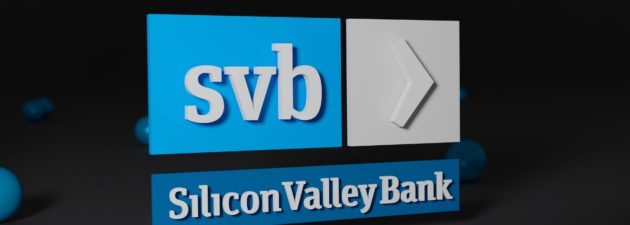A few lines to revisit the Silicon Valley Bank (SVB) event in particular, and also the other Category IV US banks (banks with a total balance sheet of less than USD 250 billion) notably First Republic Bank, Signature Bank, PacWest Bancorp, and Alliance Bancorp.
From one session to the next, we have to acknowledge that the speed of reaction of the Fed, the US Treasury and the FDIC (Federal Deposit Insurance Corporation) and the massive plan proposed in the form of a USD 630 billion back-stop line last Sunday, guaranteeing SVB depositors, is a success at the time of writing. Banks that remained alive such as First Republic Bank are up +76% in pre-market trading on Tuesday 14 March 2023. PacWest Bancorp is up +58%, Alliance Bancorp is up +47%, reassuring increases that support the valuations of the major US and European banks.
We are now far from the panic and flight-to-quality that took hold of the US and European interest rate markets, Govies and Swaps (not to mention Bitcoin and gold, which rose sharply), which plunged more than 50 bps on the 10-year between Friday and Monday. From 4 to 3.45% on the T-notes in two sessions. The combination of toppish sentiment in the equity markets and the perceived risk of a systemic crisis in the US banking system pushed bond yields down to levels rarely seen. A very short window of opportunity opened to hedge floating rate liabilities, which is already half closed today.
It seems that the intense lobbying of the US Category IV banks with the Trump administration, despite strong resistance from Democratic members of parliament, has led to gains in capital requirements and improved competitiveness, but is proving to be the cause of an overweight allocation to the Held-To-Maturity segment, to which must be added a duration mismatch in an environment of high interest rate increases. The overweighting of the HTM sub-fund led to an underweighting of the AFS (Available For Sale) sub-fund, which proved unable to absorb (1) the volume of redemptions and (2) the losses linked to these redemptions. In a nutshell, we can say that there was a misallocation and a mismatch with regard to the liabilities due. It is astounding that the current crisis is a problem of wealth and not a problem of credit quality. Tomorrow, all US banks will be regulated as in Europe, and the same kind of stress tests will be applied to US banks, regardless of their classification or size.
Despite the price increases observed today, and the rise in rates on the US and Euro curves, we are still a long way from a normalisation and a return to the bank capitalisations of the beginning of March, as there has been such a large amount of value erasure. What we know clearly is that the beneficiaries of this crisis are the Category I banks, JPM, BOA, CITI in particular, which are seeing deposits explode and which are in a way becoming more resilient. JPM always wins in the end…
The fact remains that there is no doubt about the hyper-sensitivity of the markets to any event that could cast doubt on the solidity of the global banking system, particularly in the US. Both the Fed and the ECB have received a first warning: be careful not to go too far in the anti-inflationary stance, as it will cost you dearly! Even more so by claiming that the taxpayer will not pay for the rescue… One wonders who will pay for it. That’s another topic; it seems very likely that the words of central bankers must be extremely measured when it comes to anti-inflation and future high amplitude bullish prospects.
What is our scenario for the long-awaited ECB and Fed rate hikes? We reduce our forecast to 25 basis points for both central banks. At the ECB’s meeting on 16 March, it must affirm the robustness of its banking system and cannot show any concern that would raise questions and could be the cause of a sell-off. Exercising freedom to do nothing would likely be an act of weakness. Ditto for the Fed.
(This text was written on 14 March.)

